Young and lively people hop in and out of bars and cars all weekend long in the West Loop now. As night turns into early morning, streets fill up to full capacity with Ubers and Lyfts waiting for their passengers. This comes as a sign that a part of downtown that didn’t have a stake in the city a decade ago, has come into its own.
Patrick McMullen, senior vice president of customer success of MAX Digital – CRT, said West Loop wasn’t an area you just walked through at night or ever went through.
As the West Loop continues to grow, there is a need for better public transportation. A Metra stop would go a long way to help residents. And that is exactly what is being proposed now by Chicago’s Department of Planning & Development.
An informational webinar was held in November by Metra and City Officials regarding this development plan. A Metra stop in the West Loop will also lead to improving Metra’s A-2 crossing interlock track at the Western Avenue stop, David Kralik, who works on Metra’s long-range planning, said at the community meeting last month. The A-2 is the busiest interlocking track in the region’s commuter rail network. This critical bottleneck causes train conflicts and passenger delays.
The A-2 improvement will lead to more train service and better reliability. This West Loop Metra stop cannot be added unless the current A-2 interlocking bottleneck is removed and replaced with a flyover, said Kralik. This is like hitting two birds with one stone. Jeffrey Sriver said that this new station location will improve Chicago commuters connections from the Loop to the west. Sriver is the director of transportation Planning & Programming for the city of Chicago.
The station site is planned to be built between South Ashland and West Ogden avenues, and a corridor between the medical district and the West Loop, where the long-range connection is needed. Six entry points are shown where commuters can enter.
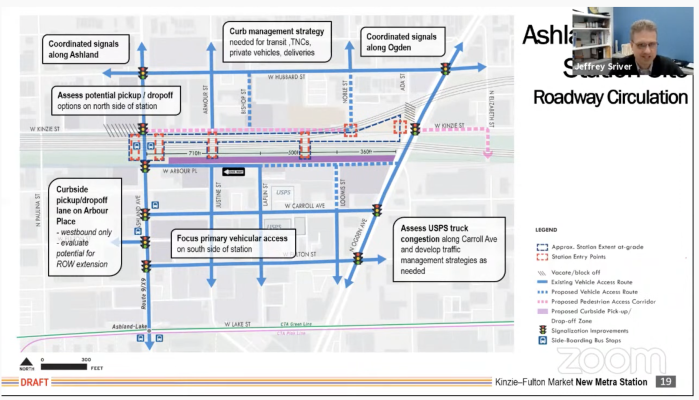
This connection is desperately needed as most of the West Loop employs hospitality and food industry workers. There is currently no reliable public transportation for people who live and work out of the West Loop. The Kinzie Industrial Corridor is a key employment hub for the city that employs over 27,000 workers; 10,000 of those workers are in Fulton Market. Some of Chicago’s most disadvantaged population work in this employment hub and rely on public transportation, said Sriver.
This is a positive for West Loop workers and residents who commute, and it would help many restaurants and shops bring in more customers. Christopher McCoy, manager at Haymarket Pub and Brewery, usually does happy hour but has delayed his happy hour until he is able to meet the lunch time demand. This Metra stop could be the gateway to more lunch time customers.
A sky-high Uber ride is expensive and impractical to the daily commuter. Specifically West Loop industry workers will benefit from this new stop, most of who don’t even live in the Loop. Most of the community cannot afford the rent that ranges from about $1,400 to more than $2,300 monthly — for a studio apartment. Last month, Real Group Real Estate team at Baird & Warner reported that the median price of condos rose to $323,000 in the West Loop last summer. That does not sound like an affordable price tag for the average industry worker.
Matt Letourneau with Neighbors of West Loop, said in an e-mail interview that by adding a Metra stop it will “allow commuting workers and residents to reach the neighborhood more directly.”
Those who work in the West Loop who travel from outside the city “currently need to take the train downtown and then ride a shuttle back to Fulton Market,” Letourneau said.
Ald. Walter Burnett Jr.(27th Ward) told the Real Deal that this will attract more people who live out of town to the West Loop and Fulton Market areas and will make travel easier. It will alleviate the traffic circulation for residents driving through congested areas, crossing the street as a pedestrian, or riding a bike along certain routes in the neighborhood, Letourneau said.
A composite potential timeline was presented during the webinar that outlined the A-2 and the new station. The Kinzie—Fulton Market Station won’t be fully open until 2031, “this project will take quite a bit of time as you can see here,” Sriver said. The project will take 10 years for all the new engineering along with the track realignment – one to two years is needed for environmental review alone. “The construction creates a temporary adverse condition, but in this case the benefits would outweigh the disruption,” Letourneau said.
The A-2 flyover will cost $1 billion to $1.2 billion alone, and where the new station and site prep will cost $400 million to $500 million. The hefty price tag between $1.4 billion to $1.7 billion isn’t pretty, but it is a pretty needed addition.
Funding is a concern that has been raised regarding how the project will be funded. “It is too soon to answer that definitively but in general fares are used to pay for operating costs and they likely would not be used to pay for such a large capital expense,” said Metra’s spokesperson Michael Gillis, in a Q&A about the project.
“Nearly all of Metra’s capital budget, which would in all likelihood pay for our share of this project, comes from federal, state or local taxpayers,” Gillis said.



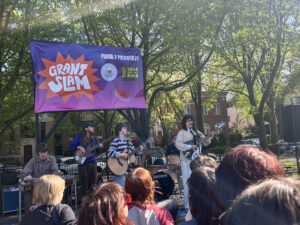
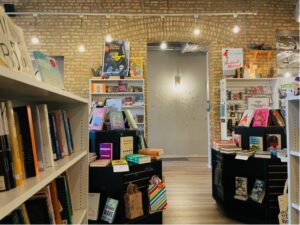

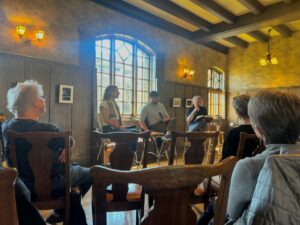





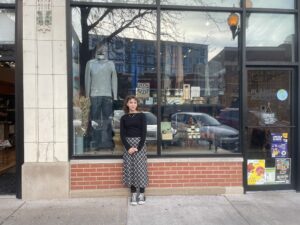

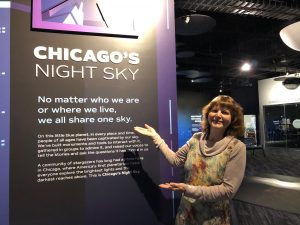

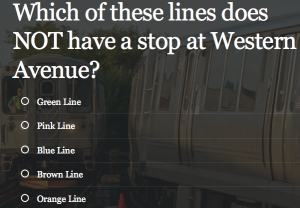
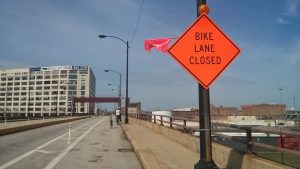
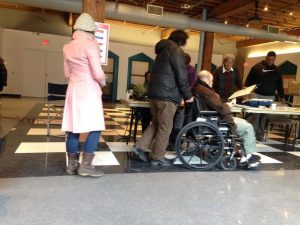
Be First to Comment